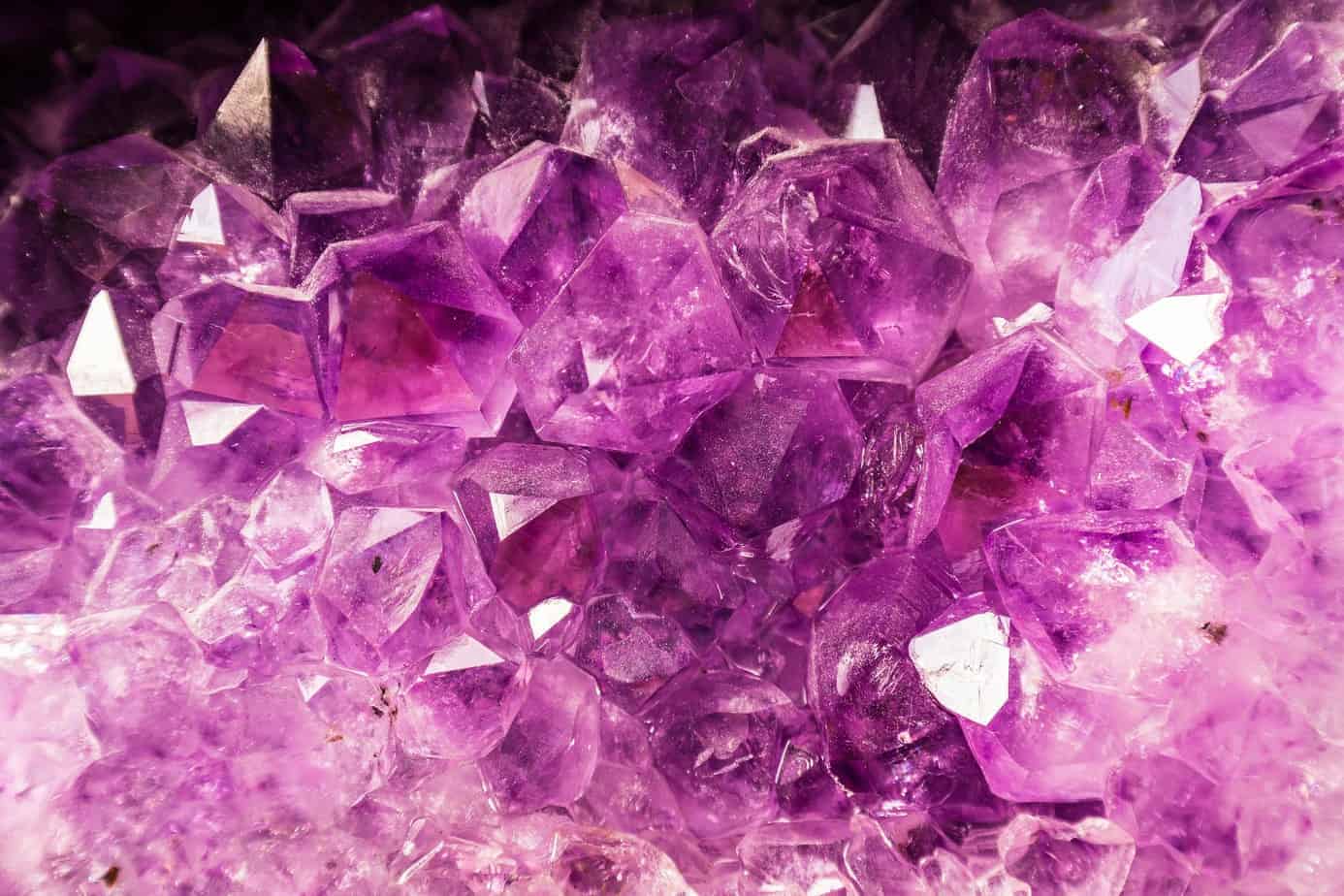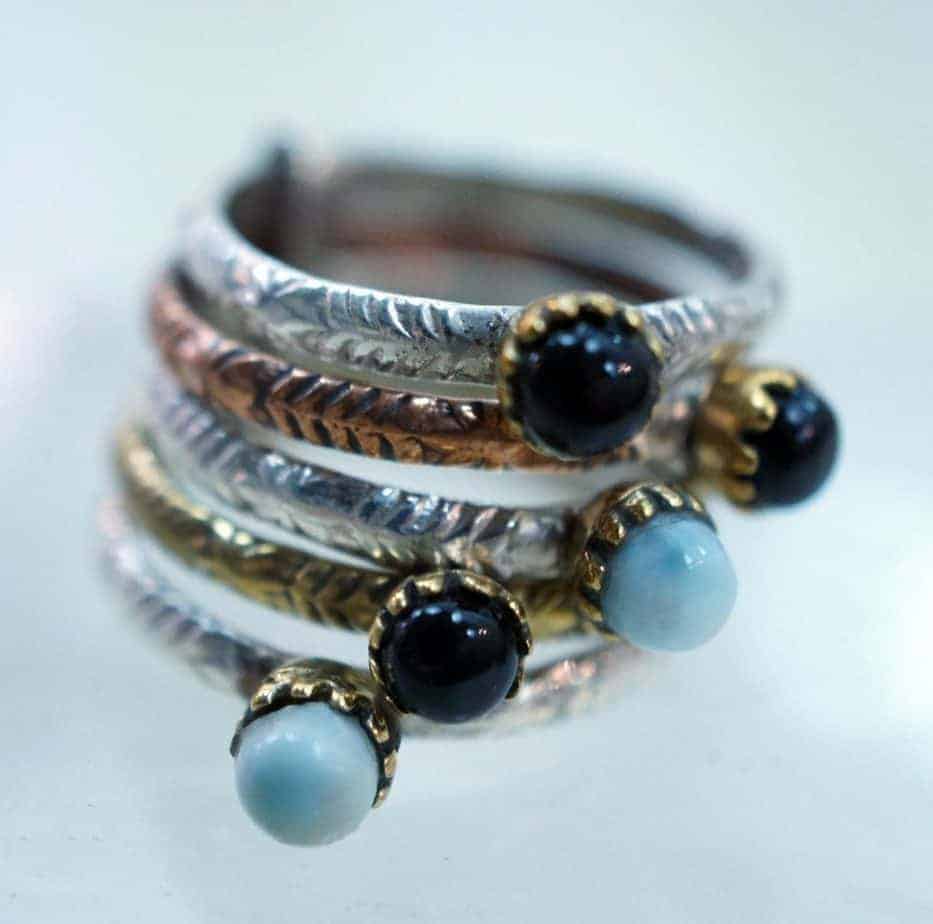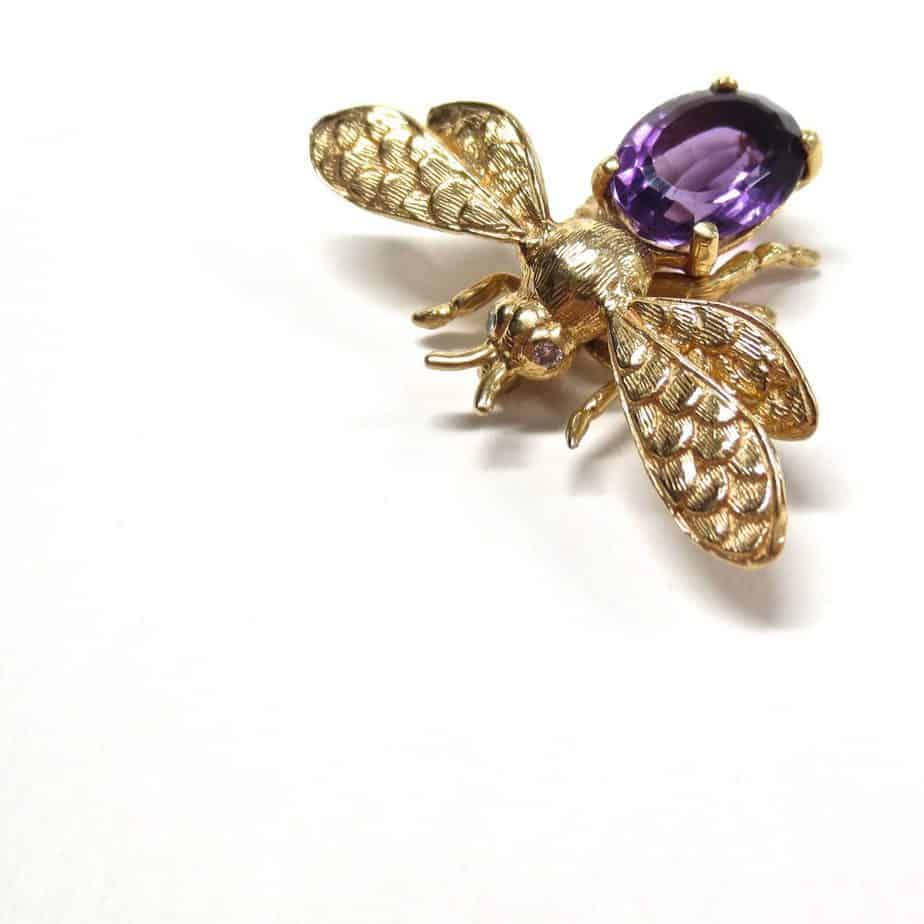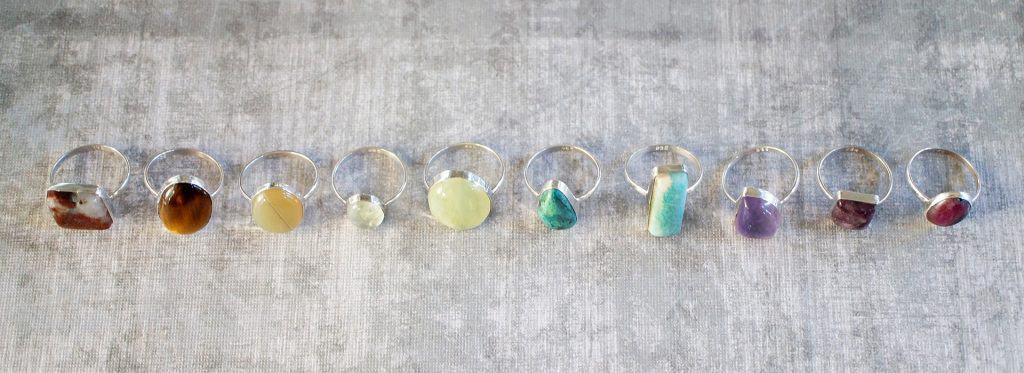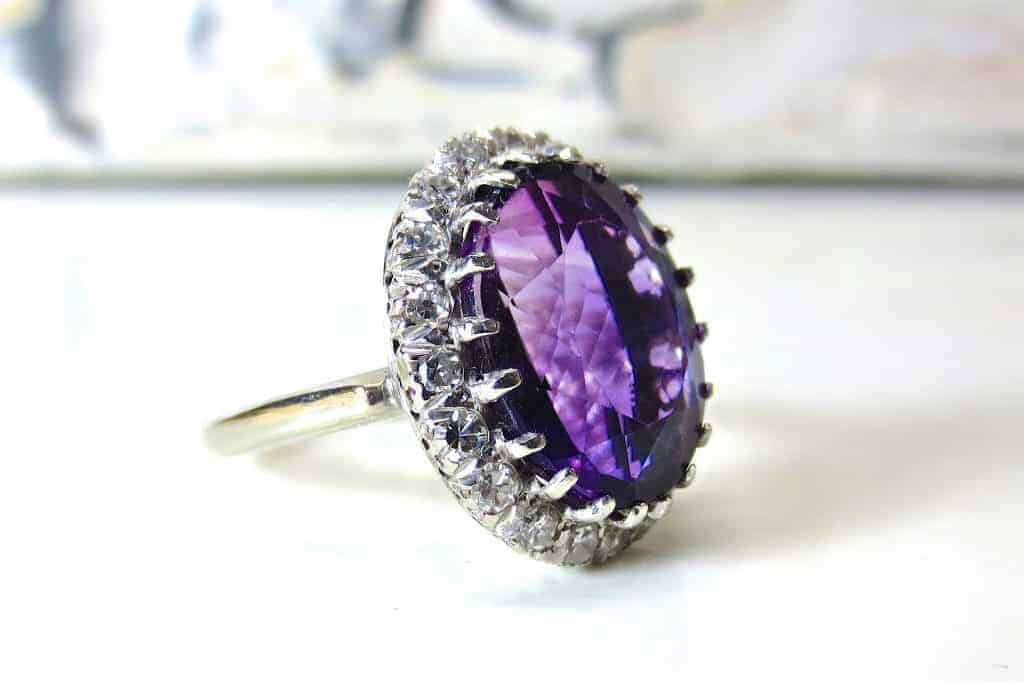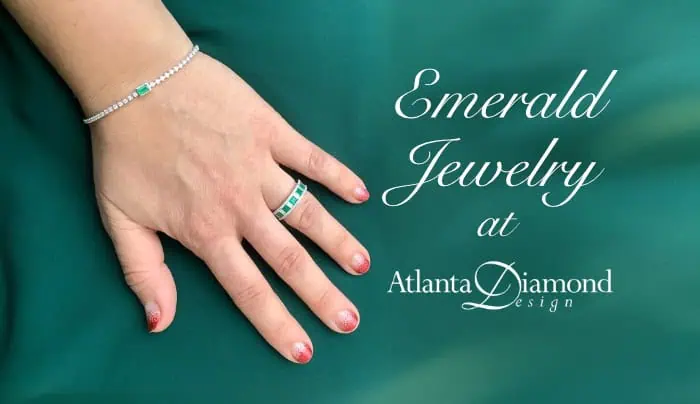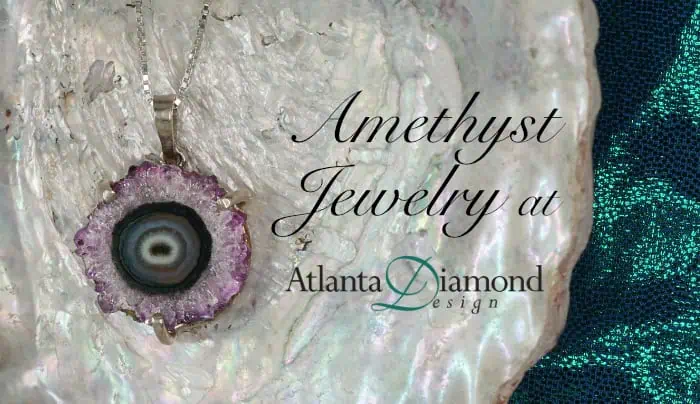Amethyst Properties: February Birthstone
Amethyst Properties and Characteristics
February.
The month of love, the calendar end of winter, and the month of extremely confusing birthdays. With the wintery whimsy starting to fade away and most people finally settling back into normal work schedules, perhaps it is appropriate that amethyst is the birthstone for February.
St. Valentine wore an amethyst ring that was carved with cupids likeness in the gem. Amethyst stands for a very particular type of love; chaste love.
This may seem counter-intuitive when you remember Valentines Day is a trademark of the month, but back in medieval times and even in fairy tales chaste love was as pure and as good as true love between people. Due to its symbolism, Amethyst is wildly considered as the stone that symbolizes true love.
So what are Amethyst properties exactly?
Amethyst, is a variety of Quartz found in many locations around the world, and forms as transparent, terminated crystals of all sizes in geodes, clusters and as long single terminations.
Often times those long geodes that are the size of your arms are typically amethysts.
The presence of the element manganese in clear Quartz produces the trademark Amethyst color, while additional amounts of iron vary the purple coloration. Amethyst ranges in hue from pale red-violet to deep violet and may be transparent or opaque.
Sometimes, when crystals are in their natural form, colors tend to be muted or do not appear on the crystal at all.
It’s like a shy person that needs a little push to blossom.
For an amethyst, this push is heat.
Heating is the most common treatment used on amethyst. When amethyst is too dark or too light it can affect the beauty of the stone. By heating, the color changes either by darkening, Lightening or just completely changing the hue of the crystal.
For example, if a transparent or slightly green amethyst is heated, it can turn into a brilliant Royal Purple. Also, as very dark crystals can look plain black, heating can lighten the crystal to bring it to a nice, vibrant shade of violet.
Amethyst Properties: A Brief History
Amethyst with its calming properties has been valued for generations.
The earliest uses of the stone can be traced back into ancient Egypt, where it was believed to protect its wearer from harm.

It was often used by priests and doctors to also maintain a calming presence when they worked with others.
Its ability to bring tranquility also allows the user to enter a state of mind where thoughts can freely flow in both the mental and metaphysical dimensions; making them a popular tool for psychics, tarot users, and artists. It strengthens the imagination and intuition and refines the thinking processes. It helps in the assimilation of new ideas, putting thought into action, and brings projects to fruition.
It does not carry many medicinal properties, but its calming properties have had many believe that it helps to reduce acne. While its protective properties led the ancient Greeks to believe that it was a stone that could prevent drunkenness due to its grape-like color.
In fact, that is the origin of its name; ‘Amethystos’ when translated from Greek to English means ‘not drunk’. Which stems from a legend from long ago: a woman who had just prayed at a temple for the goddess Diana was to be killed by Baccus who was the Roman god of wine. However before she was killed, Diana transformed the woman into a beautiful white stone. In remorse for his actions, Baccus poured wine on the woman which dyed her a reddish purple. And so it was that the maidens name, Amethyst, became the name of this stone.
Different ways to wear Amethyst
In the world of jewelry, Amethyst works well with all tastes no matter how grand or how simple.
Its hue works well with any upscale dress and gives a classical twist to any casual outfit in your closet.
One of the most popular ways to wear Amethyst incorporates the gemstone into a minimalist design:
- Small rings with just an Amethyst center gemstone and basic textures (brushed, polished, or hammered finishes)
- Simple Studded earrings with an Amethyst in each ear
- Pendants with just an Amethyst center gemstone and basic textures (brushed, polished, or hammered finishes)
On the other side of the spectrum Amethyst can be used in conjunction with other design styles to create more grand statements:
- Rings with an Amethyst as the center gemstones or as accents from other gemstones (sapphires, diamonds, Rubies, and Garnets).
- Pendants with an Amethyst as the center gemstone accented with diamond or more Amethyst gemstones
Finally considering its tie with a type of true love, these stones are perfect for promise rings.
Caring for your Amethyst
Like all gemstones, purple amethyst crystals accumulate grime and oil, which dull their radiance.
Cleaning purple amethyst restores its vibrant beauty and luster. Carefully clean purple amethyst rocks using mild solutions.
Fill a clean bowl with 1 qt. hot water. Stir 1 tbsp. mild dishwashing liquid into the hot water. Submerge the purple amethyst rock in the solution. Let the amethyst soak in the solution for 15 minutes to allow the mild soap to dissolve grime from the rock’s surface. Scrub the entire rock gently with a soft bristle brush, such as a clean toothbrush. Remove all grime residue and oil from the rock. Rinse the amethyst rock thoroughly with distilled water.
Using distilled water ensures no mineral deposits develop on the rock’s surface after rinsing it. Wipe the amethyst gently with a towel to absorb moisture or leave it to air dry. Never clean amethyst with ammonium fluoride or hydrofluoric acid, as these substances will erode the stone. Strong detergents can tarnish the amethyst’s appearance.


